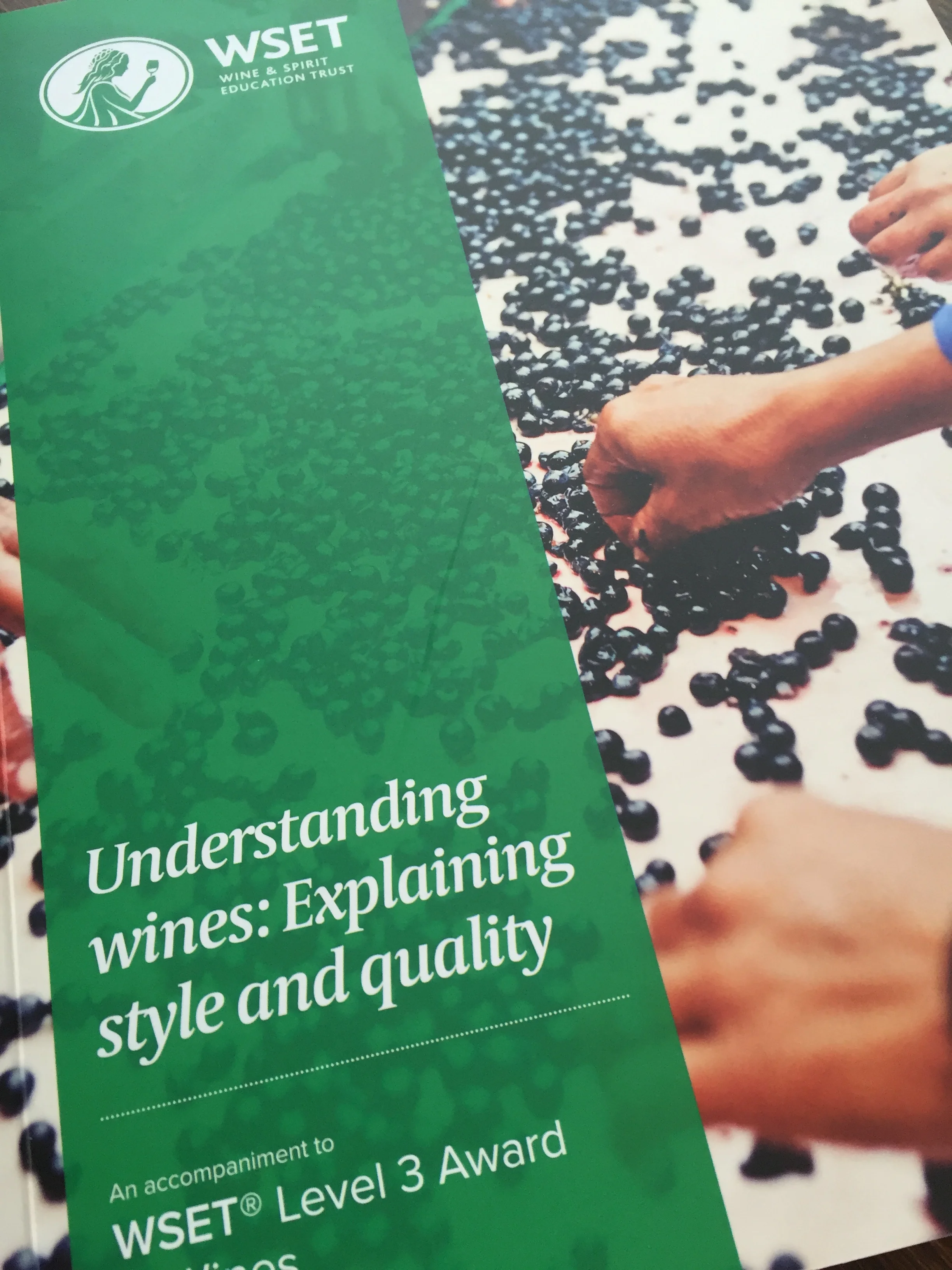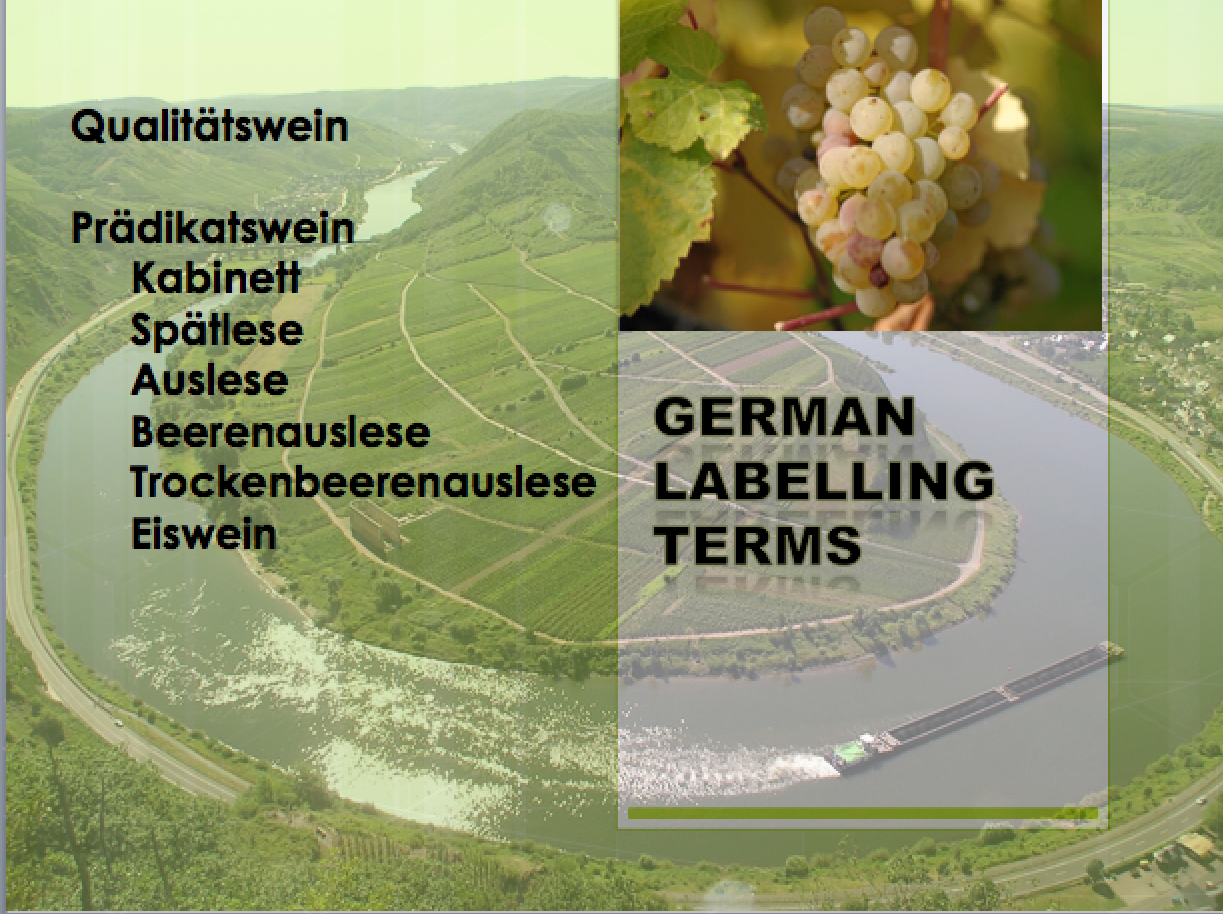WSET Educator Top-Up Course
I just passed what I hope is the last ever exam I have to endure. Last November, I took the WSET Educator course, an intensive four-day assessment gearing me and my fellow students to becoming WSET Certified Educators. It was a course that shed a lot of light on what the WSET expect from their students, as well as educators, and definitely helped make me a better teacher.
As I still had one Diploma exam to take at the time, I wasn't able to complete the course fully. Last week, I spent a morning in San Francisco with two recent Diploma graduates, coincidentally both from Canada. Our mission was to prove that we were able to teach WSET Level 3, both the theory and the tasting, a mission complicated by the fact that Level 3 is quite different from what it used to be.
teaching the new Level 3
As I've previously written, the WSET have overhauled the Level 3 course and exam. I think for the better - the teaching is more interactive, and both theory and tasting are designed to get students really thinking about why a wine tastes like it does. However, for those educators long used to the old Level 3 the change has been difficult.
My fellow educators and I were asked to prepare a Level 3 class (in my case, Grenache-based wines) with a powerpoint presentation and session plan, just as we'd done last year for Level 2. Luckily for me, I have a habit of procastinating. Just at the point that I was about to knuckle down and prepare the class, I received a panicked email from Karen Douglas, WSET's Director of Education, asking me to stop making the powerpoint and session plan; instead, she wanted me to use a presentation and session plan (now on the white wines of Alsace) that she had prepared. The reason for this was that she had discovered that educators preparing for the course had found it difficult to adapt their methods to the new level, so Karen wanted to help us learn without having to build a class from scratch. This shows the difficulty of change, given that the WSET had spent several years developing the new course, but also how necessary it is for them to demonstrate why that change is worthwhile.
It was certainly useful to pick her brain about the WSET's approach to the new level, without having to worry that my presentation met that approach. Besides the more interactive teaching methods, the biggest change is in the revised tasting methodology. Aromas are now classified as primary, secondary, and tertiary to help students demonstrate where aromas in a wine come from - the grape, the production methods, or bottle ageing. I learnt that students do not have to write the terms primary, secondary, or tertiary aromas in their tasting notes, but they have to recognise them: if a wine, for instance, has tertiary aromas, then the student is expected to write examples of those aromas otherwise they'll lose points.
Related to this, I asked what to do about wines that had primary aromas of nuts (for instance, Rhône whites or Verdicchio) rather than tertiary aromas from oxidation (for example, sherry), which is the only place nuts are mentioned in the revised Systematic Approach to Tasting. The answer is that we, as educators, need to teach students how to understand where aromas come from, which is why being able to explain the difference between primary, secondary, and tertiary aromas is so important. That understanding enables students then to expand on the SAT to use their own descriptors, where appropriate. This underscores something that it's easy to forget: that tasting a wine is a personal experience, based on one's own knowledge and ability to interpret the qualities of a wine.
the old and new WSET lexicon
mediumitis
My theory presentation on the white wines of Alsace went extremely well, but for the tasting (on Viña Ardanza Reserva 2007) I was guilty of "mediumitis," ironic given that I am always pushing my students to be bold in the analysis of a wine in describing the acidity, tannins, or flavour intensity as high rather than medium plus. When teaching students, I am in a position of authority which allows me to push them beyond their received thinking. It's different, however, when in the presence of fellow Diploma graduates, the WSET Director of education, and an MW: I became much more cautious in describing the wine I'd been assigned for the tasting.
Both myself and my new Canadian friends were afterwards given a very useful lesson on what exactly low, medium-, medium, medium+, and pronounced mean to the WSET. Either a wine, for example, has low, medium, or high acidity, which is what Level 2 students are taught. At Level 3, the gradients medium- and medium+ are introduced. These are not alternatives to low or high, but variations on medium. So when tasting a wine, the assessment should be: are the acidity, tannins, or the flavour intensity of a wine low, medium, or high? If it's medium, only then do medium- or medium+ come into play.
The most important aspect to remember is that there is a spectrum within those gradients. In describing a wine as having high tannins, it does not have to be the most tannic wine you've ever tasted (like a Barolo): it simply has to have high tannins. Likewise, a wine with high acidity does not have to be a Riesling: it simply has to have high acidity. Failing to appreciate the structure of a wine just because it isn't as extreme as others previously tasted is a fault that students at both Level 3 and Diploma are guilty of, and frustratingly I was too in the assessment. But it's not something I'll be guilty of again.
So I am now almost a WSET Certified Educator. I just have to complete an online course on assessing Level 3 tasting notes, and then I'm done. As the WSET is consistently assessing its own courses in an increasingly competitive wine education environment, I'm excited to see where teaching the WSET takes me. But, I swear, no more exams, ever.







